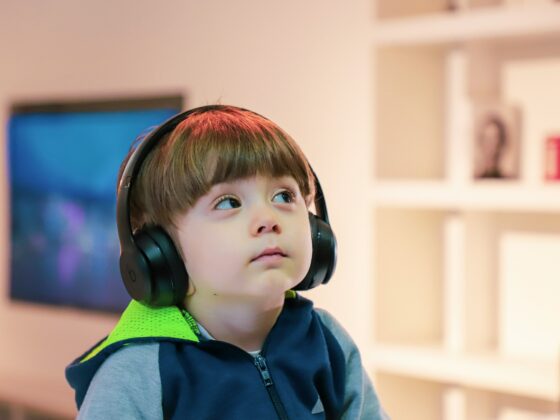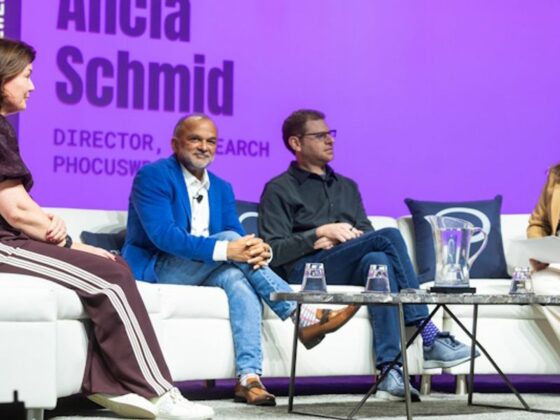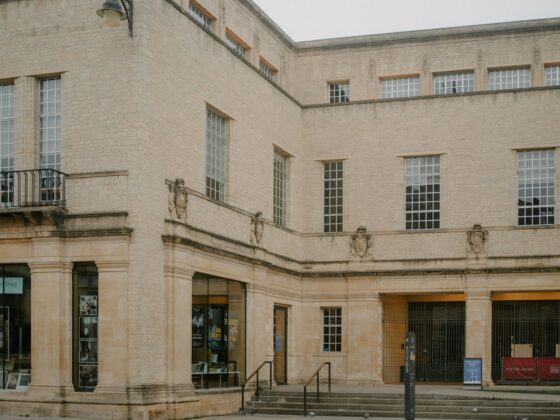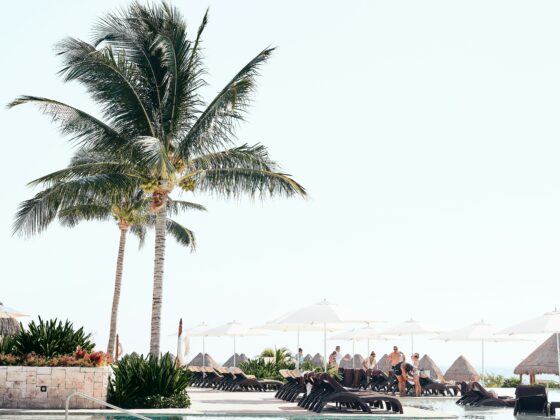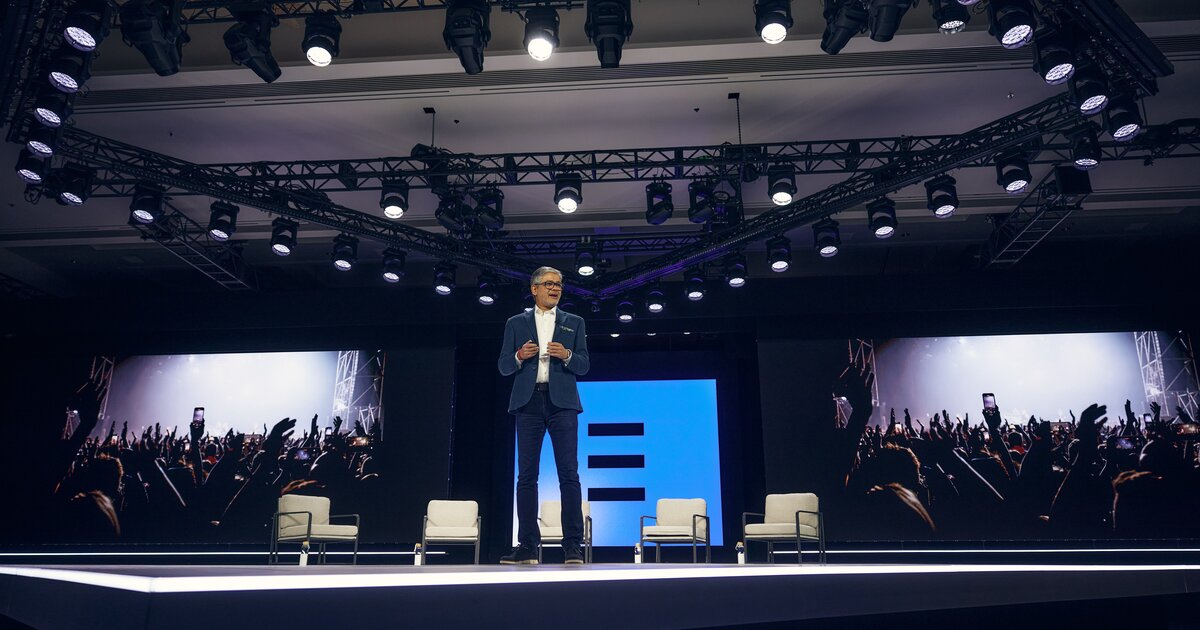
Question: We’re here at EXPLORE 24 and it’s been a fantastic two days. What has been your favourite takeaway?
Answer: I’m going to pick one on the commercial side and one on the traveller side. On the traveller side, my favourite is the launch of Romie. I think travel planning is super complex these days. In modern day travel, there is a lot of information, people get hit up on social media channels, recommendations from friends and so on. Having a personal assistant, concierge is excellent. From a partner standpoint, it is how they are all struck with the possibilities of the business that they can try through our B2B segment. Most partners have over indexed on consumer facing distribution and when they look at Expedia Group, they look at us with travellers coming from Expedia, Hotels.com, and so on. Very few of them think about the fact that we also power over 60,000 other businesses, and it’s growing at a very rapid pace of 33% for us. Hotels have underestimated the power of B2B. They are scared with the complexity of it but are comforted that we are here to help. Those are the two things that really stood out for me.
Question: The One Key loyalty programme launched last year. For those that don’t know of it, what is it?
Answer: One Key was launched in the US last year on July 4, Independence Day. It was really a way to bring very disparate loyalty programmes, which each of our brands had on its own, into a single comprehensive programme. In the past, Expedia had its own programme that was points based, Hotels.com had for every 10 nights you get one free, and we really did not leverage it. It was completely de-leveraged across our entire company. The idea of creating a simple loyalty programme that wraps around all of our brands, where you can earn and burn across our brands is what One Key is all about. With the ability to also earn on air and burn on hotels, on hotels.com, or on Expedia. It’s almost like a Rubik’s Cube; you can mix and match anything that you want. It’s a first for the industry. It was tough, it took a couple of years, but here we have 100 million active members across four tiers from Blue all the way to the Platinum. Here’s what differentiates it – One Key, you have to qualify on an annual basis. Once a gold, not always a gold. You have to qualify again every year. Our partners really love that because when we say we’re giving you high value travellers, these high value travellers have earnt the right to be high value.
Question: How is it driving travellers to spend more, book more, and stay longer?
Answer: Well, there are two components to this. Travellers when they are loyal members, they are expecting a certain degree of stickiness. To them, versus a non-member, the question is – am I going to get something that is extra that a non-member is not going to get? And there are two ways we come at it. One is we go to suppliers and say, we’ve got 100 million members. Do you want a piece of that? And many suppliers would come to us and say yes, I’m willing to offer XYZ for a blue versus a silver versus a gold and so on. We have created a platform that allows them to segment an offer based on the various tiers. So, we’ve given the partners flexibility – your hotel, your route – you pick and choose when you want to offer something, and there could be days where you can have a blackout period. On top of that, regardless of whether a hotel gives something or not, Expedia Group will add something on top of that. We offer what we call OneKeyCash. It’s a currency. The combination of the two offers is a lot more compelling, and that is what really creates stickiness for our members. Golden/platinum members make up about 4% of our entire audience. They spend 20% more and they travel seven times more than a non-member. What we do see is, hotels who give us a member only deal, which is 20% off versus 10%, they do 25% better than the ones who offer a 10%, and we have all of these data points, and we share them with our partners. It’s then up to them whether or not they would like to take an action.
Question: Considering the consolidation of the loyalty programme and putting the customer first from the point of view of simplicity and a seamless experience. Do you think there are learnings there for others in the industry to kind of take note of?
Answer: Certainly, there are learnings. What I will say is, one has to be brave to be able to undertake something like this. It was very taxing for a platform, for our teams. Then eventually when you have all of this right, it’s crucial to be able to clearly communicate the value proposition to hotels in a manner that resonates with them. All of this is hard work. This is not a PowerPoint slide. There will be some companies who will look across the aisle and look at what Expedia Group has done and will say “Well, I think we can do that, we are brave enough”. And there will be some who would say “I’m going to go for it” but then realise that it’s not that easy. Without a doubt creating this simplicity has really helped us shape our programme and even the way we talk about it.
Question: What tools, designed to improve the traveller experience, would you say are best at driving results for partners?
Answer: For the last couple of years, we’ve been very purposeful about giving our partners insights and feedback, and tools, in a manner that actually makes sense. AI and machine learning have been around for a while at Expedia Group. And if you take a step back, when we are trying to provide tools and insights for our partners, you can think about it as falling into two large buckets. Bucket one has got to do with your offer and the value – are you providing and extending your availability and your rates and is it competitive? Bucket two is about the travelling experience. If we have done a good job of delivering a consumer at your doorstep, are you taking care of the consumer and once they have left the property, what are they saying about you? And what are the various things you can take care of. We’re able to give you all that data. Specifically in the last two years, we’ve been very purposeful about it. At the heart of this lies Scout, our machine learning system. Scout learns and improves at every interaction. So, if you’re a hotel, any action you take is analysed by Scout. If it resonates with travelers, Scout will recommend you do more of it. Conversely, if something isn’t working, you’ll receive alternative suggestions. Scout is also what powers our account managers, people who are actually managing your account on a daily basis. Their expertise combined with real-time data from Scout, ensure you receive the most relevant support.
Question: Do you think there’s any tech Expedia Group doesn’t have for its hotel partners in place currently?
Answer: There’s always room for us in some areas to get better. One of the challenges that hotels have is managing multiple systems. Hoteliers may not have the time to log into the Expedia Group portal, or have the time to manage rates and availability, or they don’t have a revenue manager who’s going to do it for them if they’re a 20-room hotel where they might do a bit of everything, including cleaning the pool, making the beds. One of the biggest questions hotels raise is the need for improved connectivity. Ideally, changes made within their own systems should automatically reflect on our platform, eliminating the need for manual updates across multiple portals. We understand this frustration. We’ve already implemented connectivity solutions in some areas, and we’re actively working on expanding them to encompass all aspects of our platform. To me, that is an area for us to improve on.
Question: Where do you think the market will go in the sort of short term – in the next year or two?
Answer: So, I just attended an Industry Insights session. I’m not a fortune teller, but I will tell you what I saw. The thing is, travel is currently a $2.3 trillion industry and is going to grow at a rate of 7-10% over the next couple of years. There is plenty of room for everybody. If you look at it from a channel standpoint, OTAs versus travel agencies, travel agents versus hotel direct websites and others. All of them are growing somewhere between 6-10%. The highest growth is coming from OTAs. But then even hotel direct sites are growing at a rate of somewhere in the 8% range. So, almost every channel is growing, which tells us that travel is going to perform. If you look at it from a regional perspective, North America versus Latin America, Asia Pacific and Europe, the fastest growing is going to be Asia Pacific, growing at a rate of 13% over the next couple of years. Europe and North America are very mature markets. They’re growing at half the rate, around 6%. And at the same time, in Asia Pacific, if you look at China, and then India, it is the world’s most populous nations, where people are getting richer. They are also discovering the world. There are a lot of Indians and people from that part of the world for both domestic travel and international travel. So, Asia Pacific is going to really power travel. And if you think about the various lines of business – air versus car, versus hotel versus activities. Hotel again, is a big chunk of the travel industry with a potential growth in the 6-8% range. Activities, the smallest of the bunch, could grow at a rate of almost 10%. Bottom line is, there is life there is travel.


